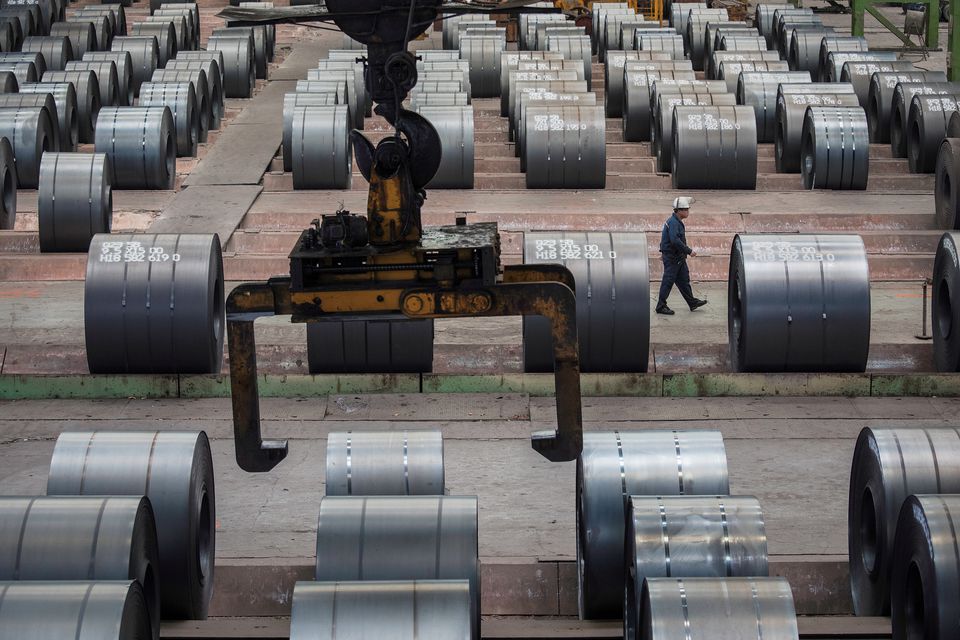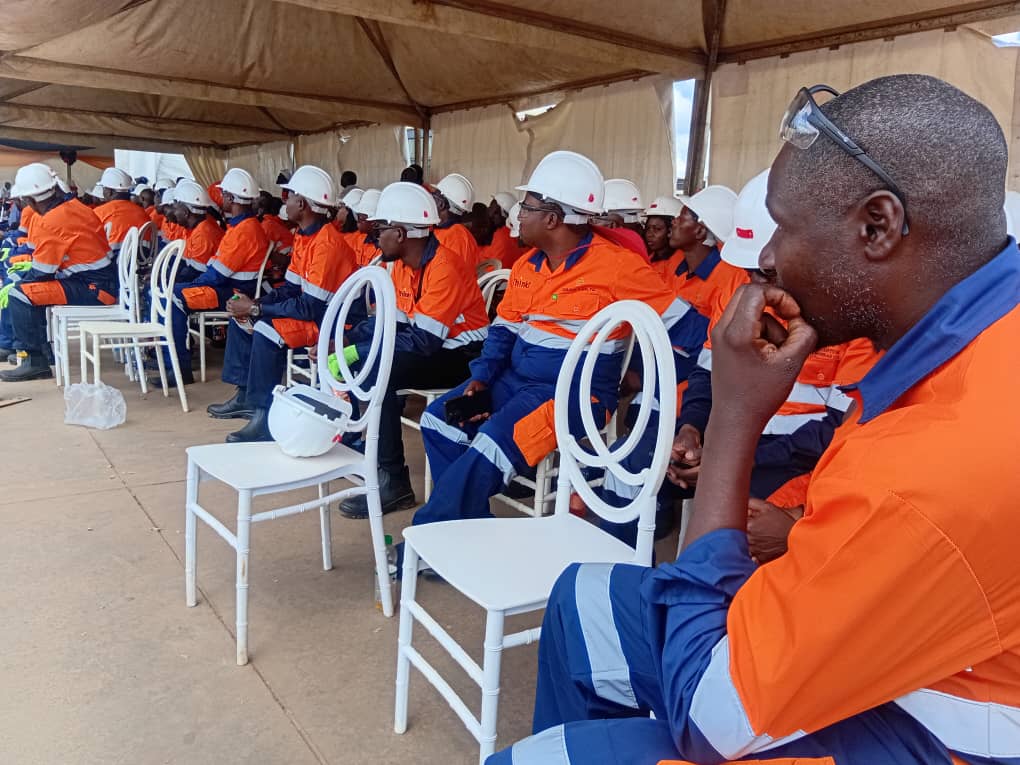China’s factory gate prices fell at the fastest pace in seven years in May and quicker than forecasts, as faltering demand weighed on a slowing manufacturing sector and cast a cloud over the fragile economic recovery.
As rising interests rates and inflation squeeze demand in the United States and Europe, China is in contrast battling a sharp decline in prices with factories receiving less for their products from key overseas markets.
The producer price index (PPI) for May fell for an eighth consecutive month, down 4.6%, the National Bureau of Statistics (NBS) said on Friday. That was the fastest decline since February 2016 and bigger than the 4.3% fall in a Reuters poll.
“The risk of deflation is still weighing on the economy,” said Zhiwei Zhang, chief economist at Pinpoint Asset Management, in a note. “Recent economic indicators send consistent signals that the economy is cooling,” he added.
China’s economy grew faster than expected in the first quarter, but recent indicators show demand is rapidly weakening with exports, imports and factory activity falling in May.
The consumer price index (CPI) rose 0.2% year-on-year, speeding up from a 0.1% rise in April but, missing a forecast for a 0.3% increase.
Food price inflation, a key driver of CPI, slowed to 1.0% year-on-year from 2.4% in the previous month. On a month-on-month basis, food prices fell 0.7%.
The Australia dollar eased 0.2% to $0.6704, tracking a fall in the Chinese currency yuan after the inflation data.
The government has set a target for average consumer prices in 2023 to be about 3%. Prices rose 2% year-on-year in 2022.
“We still think a tightening labour market will put some upward pressure on inflation later this year, but it will remain well within policymakers’ comfort zone,” said Julian Evans-Pritchard, head of China economics at Capital Economics in a note.
“The government’s ceiling of ‘around 3.0%’ for the headline rate is unlikely to be tested and we doubt inflation will become a barrier to increased policy support,” he added.








